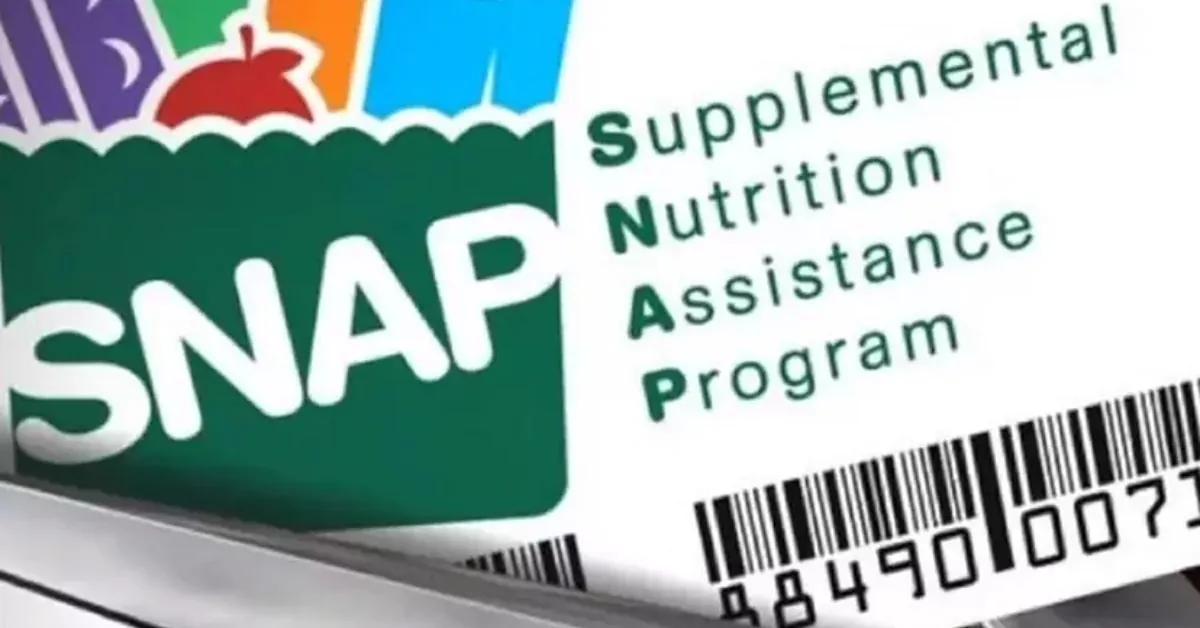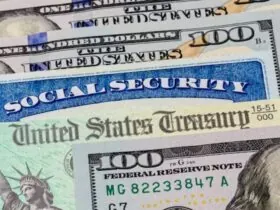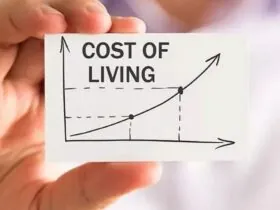The Supplemental Nutrition Assistance Program (SNAP) is a federal assistance initiative designed to help low-income families afford nutritious food. By providing funds through an Electronic Benefits Transfer (EBT) card, SNAP ensures that eligible citizens can purchase a variety of food products, helping to combat food insecurity across the country. While the U.S. Department of Agriculture (USDA) administers the program at the federal level, the payment dates and procedures vary from state to state.
What is SNAP?
This Article Includes
SNAP is a vital program aimed at providing low-income households with the resources needed to buy food, promoting better nutrition and reducing food insecurity. Participants receive monthly benefits loaded onto an EBT card, which functions like a debit card and can be used at authorized retailers.
Eligible food items that can be purchased with SNAP benefits include:
- Fruits and Vegetables
- Dairy Products
- Meat, Poultry, and Fish
- Bread and Whole Grains
- Cereals
- Seeds and Plants (that produce food for household consumption)
However, SNAP benefits cannot be used for non-food items, such as cleaning supplies, or for alcohol, tobacco products, vitamins, and medicines. Additionally, the purchase of hot, prepared food meant for immediate consumption is prohibited.
How Are SNAP Payments Distributed?
SNAP benefits are distributed by state agencies, and each state sets its own schedule for when payments are made. The dates may vary depending on the state’s processing system and the recipient’s case details. Some states distribute benefits in a specific window, while others might spread them out over several days within the month.
SNAP Payment Dates for December 2024 by State
Here is a detailed breakdown of SNAP payment dates for all 50 states, ensuring that recipients can plan accordingly:
- Alabama: December 4 to 23
- Alaska: December 1
- Arizona: December 1 to 13
- Arkansas: December 4 to 13
- California: December 1 to 10
- Colorado: December 1 to 10
- Connecticut: December 1 to 3
- Delaware: December 2 to 23
- District of Columbia: December 1 to 10
- Florida: December 1 to 28
- Georgia: December 5 to 23
- Guam: December 1 to 10
- Hawaii: December 3 to 5
- Idaho: December 1 to 10
- Illinois: December 1 to 20
- Indiana: December 5 to 23
- Iowa: December 1 to 10
- Kansas: December 1 to 10
- Kentucky: December 1 to 19
- Louisiana: December 1 to 23
- Maine: December 10 to 14
- Maryland: December 4 to 23
- Massachusetts: December 1 to 14
- Michigan: December 3 to 21
- Minnesota: December 4 to 13
- Mississippi: December 4 to 21
- Missouri: December 1 to 22
- Montana: December 2 to 6
- Nebraska: December 1 to 5
- Nevada: December 1 to 10
- New Hampshire: December 5
- New Jersey: December 1 to 5
- New Mexico: December 1 to 20
- New York: December 1 to 9
- North Carolina: December 3 to 21
- North Dakota: December 1
- Ohio: December 2 to 20
- Oklahoma: December 1 to 10
- Oregon: December 1 to 9
- Pennsylvania: December 3 to 14
- Puerto Rico: December 4 to 22
- Rhode Island: December 1
- South Carolina: December 1 to 19
- South Dakota: December 10
- Tennessee: December 1 to 20
- Texas: December 1 to 28
- Utah: December 5, 11, and 15
- Virgin Islands: December 1
- Vermont: December 1
- Virginia: December 1 to 7
- Washington: December 1 to 20
- West Virginia: December 1 to 9
- Wisconsin: December 1 to 15
- Wyoming: December 1 to 4
Conclusion
The Supplemental Nutrition Assistance Program (SNAP) plays an essential role in ensuring that low-income families have access to nutritious food. As a federally-funded initiative, it is administered at the state level, which leads to varying payment dates across the country. By understanding the specific dates for your state, you can better plan for the upcoming month and make sure you receive the benefits you are entitled to. Be sure to check your state’s schedule and prepare accordingly to make the most of your benefits.







Leave a Reply